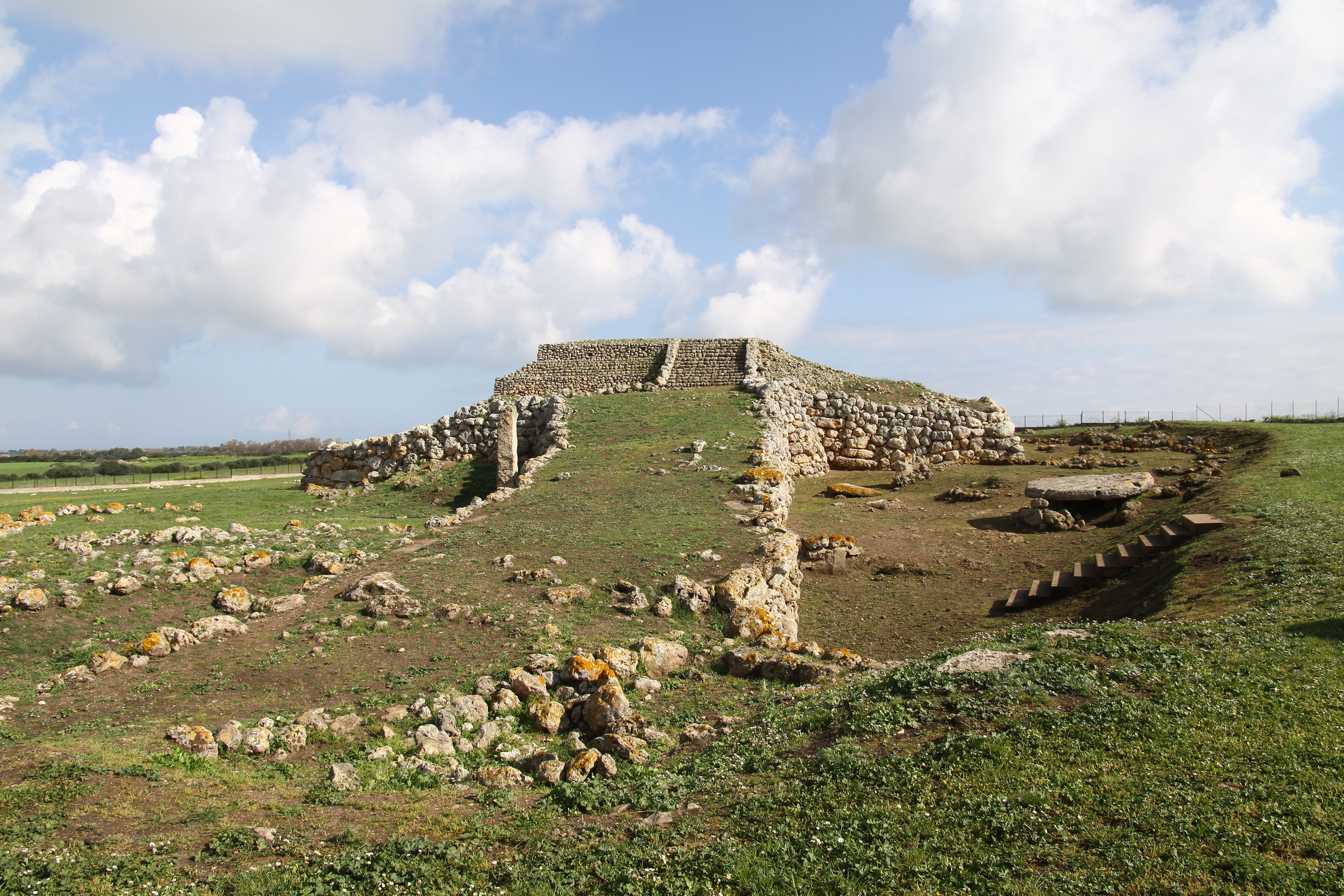Ziqqurat Monte D'Accoddi 0 Comments

What does Ziqqurat mean? They are stepped pyramidal towers built by the Sumerians around 4000 BC. on their arrival in Mesopotamia, formed by several overlapping and decreasing floors, different in number and height and which are said to have been decorated with marvellous hanging gardens, with a wide access ramp in front and, reachable by large external staircases. With an altar at the top whose access was only for holy men: the point of contact between man and divinity. The most famous is the Etemenanki, the biblical Tower of Babel, or the Ziqqurat of Babylon, almost 100 m high.
We have already learned these concise notions in elementary school history books, where the hanging gardens, one of the seven wonders of the ancient world, perhaps did mesmerise you and left an impression on you as it did on me. But what no one had ever told us was that in Sardinia, unique in Europe, there is a Ziqqurat, the one of Monte Accoddi, which is the oldest construction in Italy besides being the fourth oldest construction in the world , 140 km from the Gabbiano Azzurro Hotel & Suites, 1 hour and 40 minutes by car.
Antonio Segni, at the beginning of the fifties, then Minister of Public Education, confident that the hill adjacent to his family land hid an archaeological vestige, managed to promote and obtain the necessary funding for the excavation. So, from 1952 to 1958 Ercole Contu began the excavations, which were resumed from 1979 to 1989 by Santo Tinè. Hidden for millennia, under what seemed like a natural relief which was given the name Monte Accoddi (Monte de Code, i.e., Hill of Stones), there was an ancient treasure of inestimable value, as Antonio Segni had wisely foreseen.
It was immediately clear to archaeologists that the excavations were bringing to light something unique: it was identical to the Mesopotamian temples, the Ziqqurat. The altar revealed the overlapping of two phases: one called "red temple", due to the colour of the floor, was dated to the final Neolithic (3,500-2,900 BC), and the "stepped temple" in the Eneolithic (approximately 2,700 BC), which incorporated the previous one. It means a thousand years before the oldest nuraghi! The altar was probably dedicated to the Mother Goddess, who is carved into a large red granite stele next to the monument.
The legend of the origin of the Sardinian Ziqqurat is fascinating. A Mesopotamian prince named Uruk left his homeland for Sardinia to settle there with his entire tribe. Arriving on the island, Uruk built a temple and a village like the ones of his native Mesopotamia. Uruk, who was also a minister, dedicated the temple to the Moon Goddess.
But while the work progressed during the day, at night Uruk dreamed of a beautiful woman who asked him to let her see the temple. But the prince never succumbed to the woman's charm. When the woman finally decided to leave because unwanted, she warned Uruk of the arrival of a terrible tempest, which would raze the temple to the ground. The storm of prophecy came and was terrible, but Uruk and his people were prepared and found shelter elsewhere.
When clear weather returned, they discovered that in place of the temple there was a "hill" of earth. The Ziqqurat had been buried in mud. The prince then understood that the woman of the night visits was the Moon Goddess, to whom he had dedicated the temple. By covering it with mud, the goddess in love with Uruk had renounced her divinity to live at his side. Uruk then returned to Mesopotamia with his beloved. The Ziqqurat remained in Sardinia buried under a hill. And that's how Ercole Contu found it in 1952, a small hill 11 km from Sassari, digging a miracle that speaks to the world about Sardinia.
"Make an altar of earth for me and sacrifice on it your burnt offerings and fellowship offerings, your sheep and goats and your cattle. Wherever I cause my name to be honoured, I will come to you and bless you" Exodus XX, 24.
--Written by Daniela Toti
Teilen Sie uns Ihre Meinung mit!